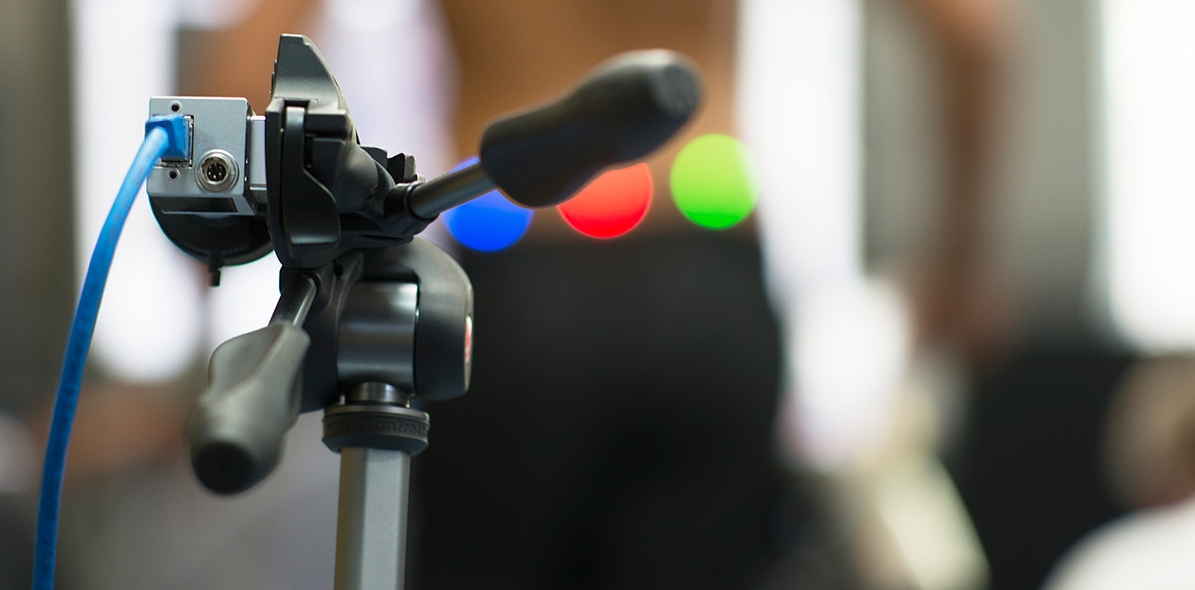
ITB KNEE PAIN OR ILIOTIBIAL BAND PAIN
ITB Knee Pain is the second most common knee presentation that impacts runners behind runner’s knee. It is typically localised pain on the outside aspect of the knee and is increased with running at higher speeds and/or downhill. The ITB is a thick piece of connective tissue that runs down the outside of your thigh and has many attachments at the knee and pelvis. The role of the ITB is to assist in the control and of the knee and hip during tasks such as standing, walking and running.
Causes of ITB Knee Pain
It was previously thought that ITB pain was caused by “friction” from a tight ITB. Now, it is more understood as compression of highly innervated fat tissue between the ITB and femur.
The ITB often becomes irritated when under excessive stress, which can be attributed to any combination of increased/varied training load, poor recovery, change in shoes, poor nutrition & hydration, or lack of sleep
Clinical Presentation of ITB Knee Pain
Localized pain on the outside of the knee
Aggravated by high-speed running and downhill activities.
Walking down stairs commonly painful
Pain that get worse with exercise, does not warm up
Common pain description, “Feels like a knife in the side of my leg”.
Why is Stretching Not Necessarily Beneficial?
When health professionals thought the problem was a “TIGHT” ITB, they would commonly encourage aggressive stretching or foam rolling. However, both these modalities can aggravate the ITB further as they increase compression on already irritated fat tissue. Furthermore, to loosen the ITB, it would require 400kg of force before a 1% change in length which would only last a few mintues.
Management Strategies for ITB Knee Pain
Manage Load
Reduce or modify aggravating activity
Improve Tissue Capacity
Heavy slow resistance training to the gluteal muscle groups, anterior hip and quadriceps.
Address Movement Pattern or Biomechanics
Addressing a low cadence or narrow stance when running can decrease the load on the ITB
Graded Introduction to Plyometrics
Plyometrics develop the spring of the ITB. This makes it more resiliant and powerful.
Graded Return to Running
Get Professional Help for Medial Tibial Stress Syndrome
We have physiotherapy clinics in Clovelly, Coogee, and Manly, as well as in London, so come and see us in person or if you are anywhere in the world, access us via an online physiotherapy consultation that we have specifically developed to assess and treat runners anywhere in the world with great success.
Lastly, Alex and Pat sat down with Nuzest team and gave their one-minute insight into ITB related knee pain. So please give the below video a listen.
If you are looking for a quality nutrition products to enhance your training, recovery and wellbeing we recommend Nuzest
We have established a relationship with the amazing team at Nuzest and they have been kind enough to give our community an exclusive rate on all of their amazing products.
For 20% off all Nuzest products use the code below at the checkout:
THERUNNINGROOM




